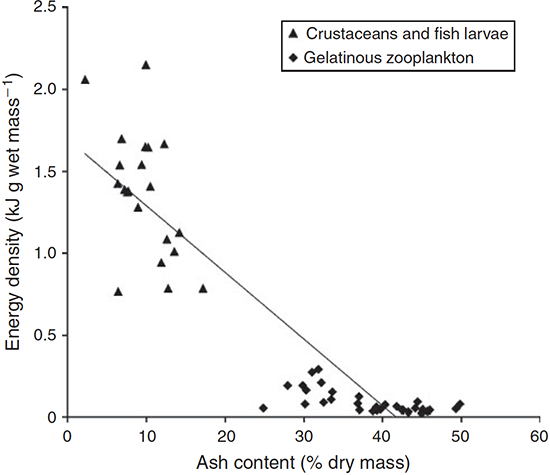| Home | Phyllosoma | Phyllosphere | Culturing | Molecular Methods | Publications |
|---|
The surprising ecological role of gelatinous zooplankton
Jellyfish, salps, colonial radiolarians and other gelatinous zooplankton are organisms of fantastic appearance. It is often overlooked that gelatinous animals make up an immense portion of ocean biomass. Despite their abundance, researchers are only recently understanding how gelatinous zooplankton are significant trophic links in ocean ecosystems. Various organisms also shelter beneath and raft on large gelatinous zooplankton, making them spots of biodiversity in otherwise barren regions of ocean. I am interested in how jellyfish are dietary links and how organisms co-disperse with them. It turns out that understanding this could be crucial to creating sustainable fisheries.
Jellies as prey
It has been known for a while that some animals eat jellyfish, for example large and charismatic leatherback turtles or sunfish. More recently they have been identified as food for the larvae of tuna and spiny lobsters. This is interesting, because gelatinous zooplankton generally have very poor nutritional content (see figure below). There is much more to be understood about jellyfish in oceanic diets. For example, over what life-phase do certain animals eat jellyfish? Despite being a poor food, does the size and population density of jellyfish make them an optimal food because less time is spent searching for prey? To what extent are the ecology and the life histories of jellyfish and their predators coupled, and could climate and ecological change cause a disastrous de-coupling of the ecology of predators, such as tuna and lobster, and the organisms they prey on?

On the first night of a voyage on the East Indian Ocean we pulled up a pair of large Thetys salps. Salps are gelatinous animals and are close relatives of vertebrates. One of the salps had numerous lobster larvae clinging to it. This was a pretty neat opportunity, because it was the furthest offshore observation of lobster larvae being attached to a gelatinous zooplankter . The larvae of slipper lobster (the Moreton Bay bug is an example of a slipper lobster) had been observed to cling to jellyfish near shore, but it couldn't be determined if this was because they were hitching a ride, or if they were feeding. Some lab experiments have demonstrated that slipper lobster larvae can eat an entire scyphozoan jellyfish in a very short amount of time, even when the jellyfish is considerably larger than the larvae. Our find was the first observation of a spiny lobster (rather than slipper lobster) behaving in this way, which demonstrates that this behavior might be conserved across the entire family of Palinuridae lobsters. I amplified and sequenced the gut content of the lobster larvae, which confirmed that they were feeding on their host.

Read the Publications
Wang, M., O’Rorke, R., Nodder, S., Jeffs, A. (2014) Nutritional composition of potential prey of the spiny lobster phyllosoma (Jasus edwardsii). Marine and Freshwater Research 65, 3337-349

O’Rorke, R., S.D Lavery, M. Wang, R. Gallego, A.M. Waite, L.E. Beckley, P.A. Thompson, and A.G. Jeffs. (2014) Phyllosomata associated with large gelatinous zooplankton: hitching rides and stealing bites. ICES Journal of Marine Science doi:10.1093/icesjms/fsu163
| Home | Phyllosoma | Phyllosphere | Culturing | Molecular Methods | Publications |
|---|